May 14–Jul 14, 2024
Online
-
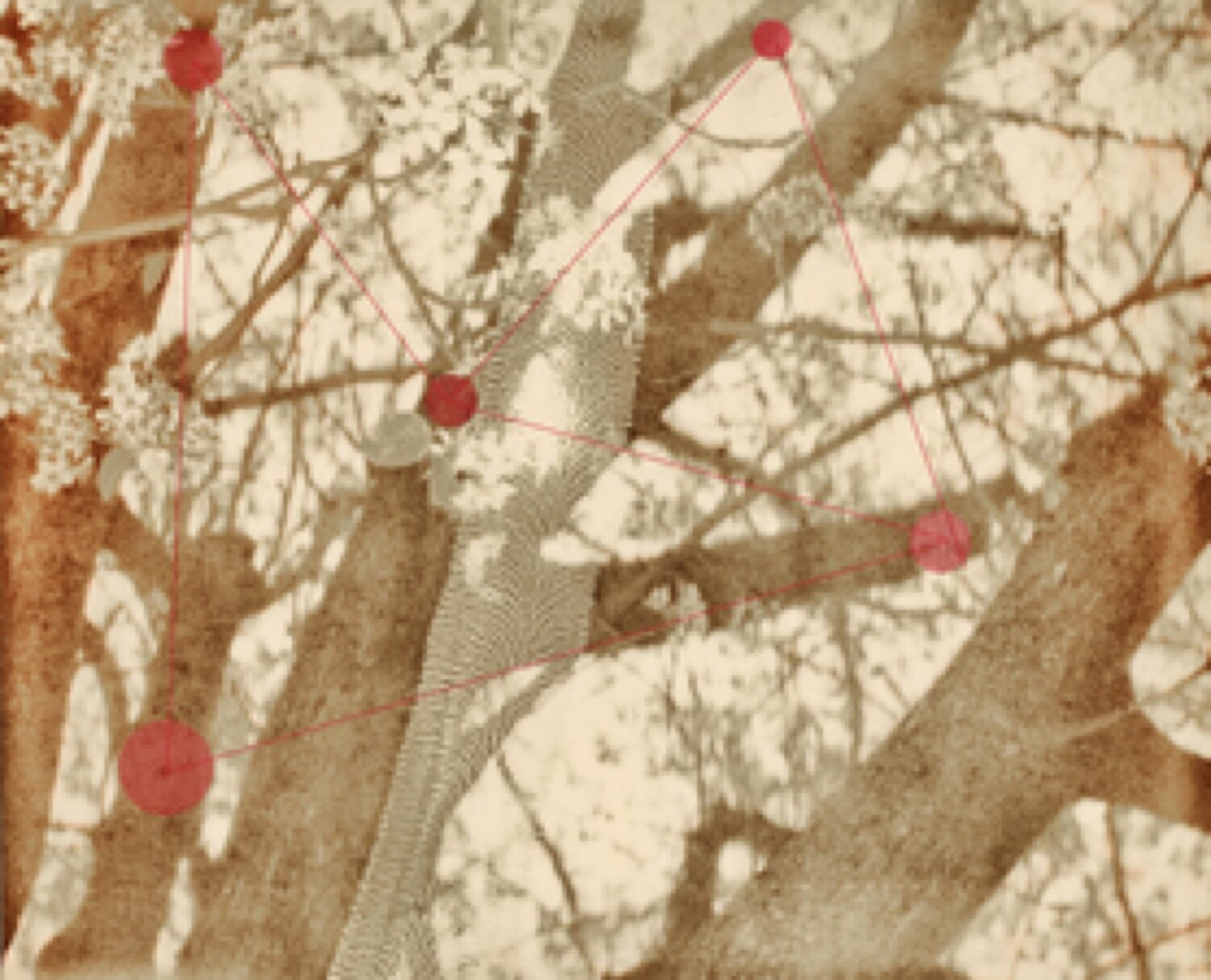
1/10: Pandemic Walk #5 (Muons #1), 2021
-

2/10: Pandemic Dance #1 (Neutrino's Folly), 2021
-
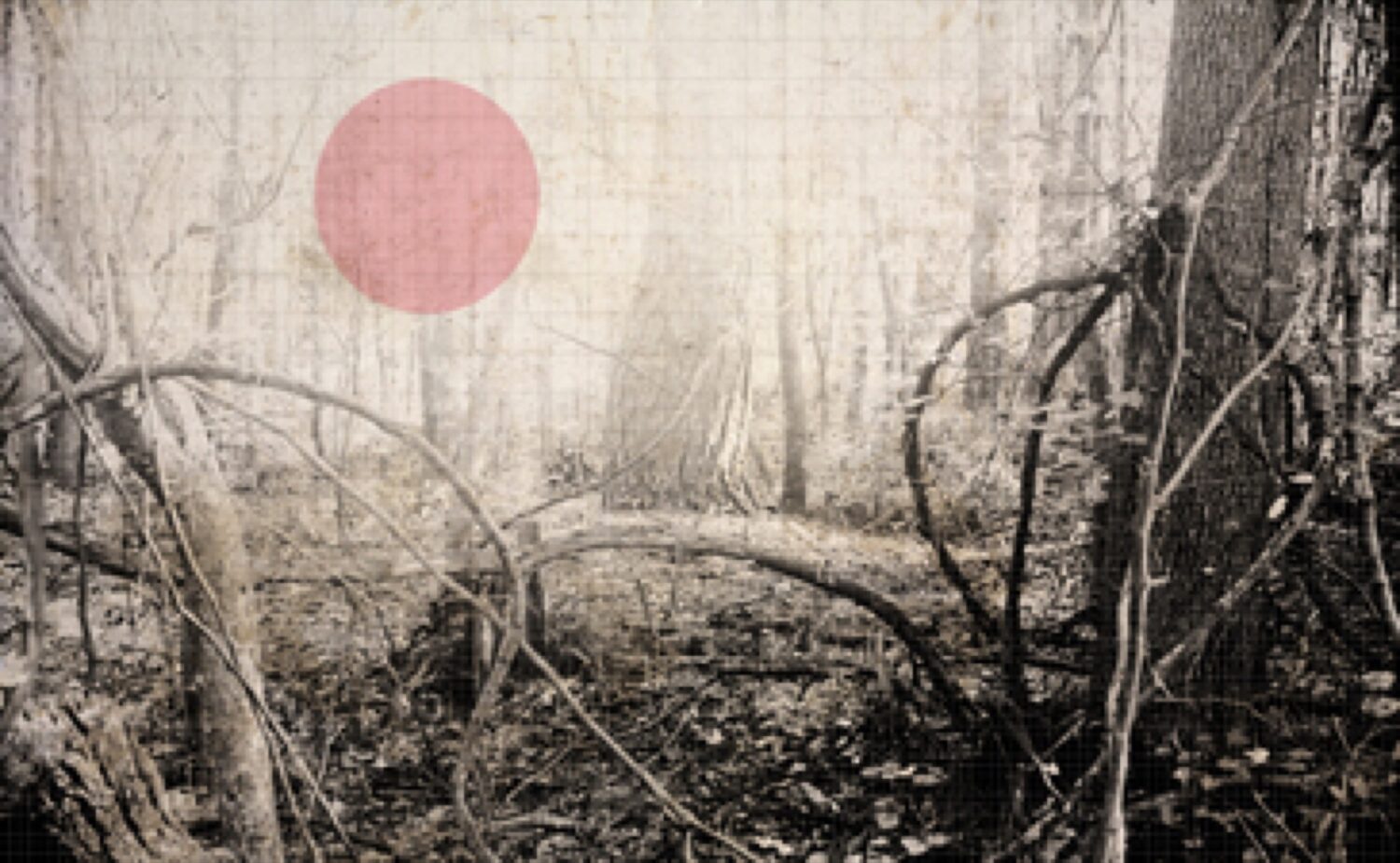
3/10: The Day The Earth Stood Still, 2018
-
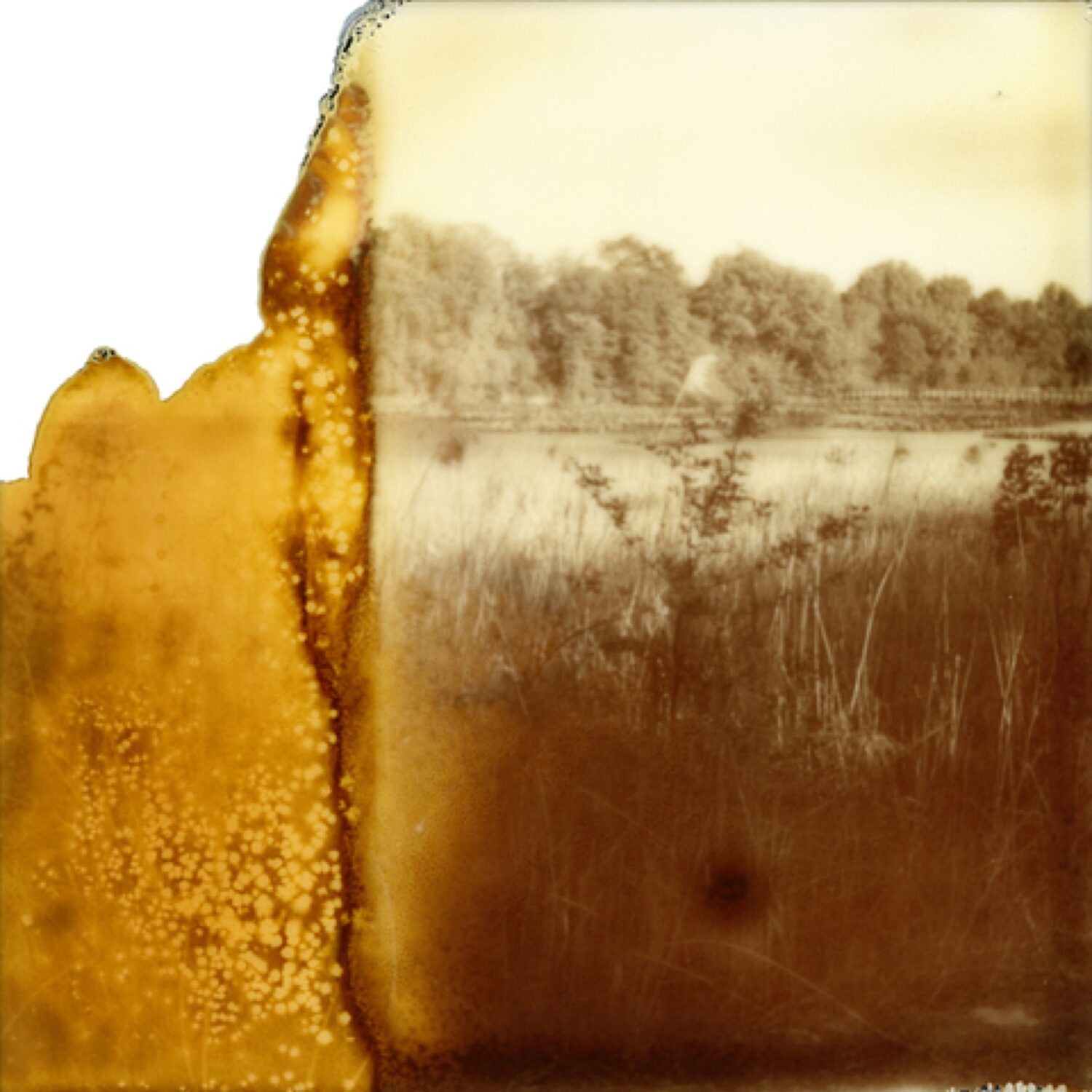
4/10: Memories Lost/Found #1, 2014
-
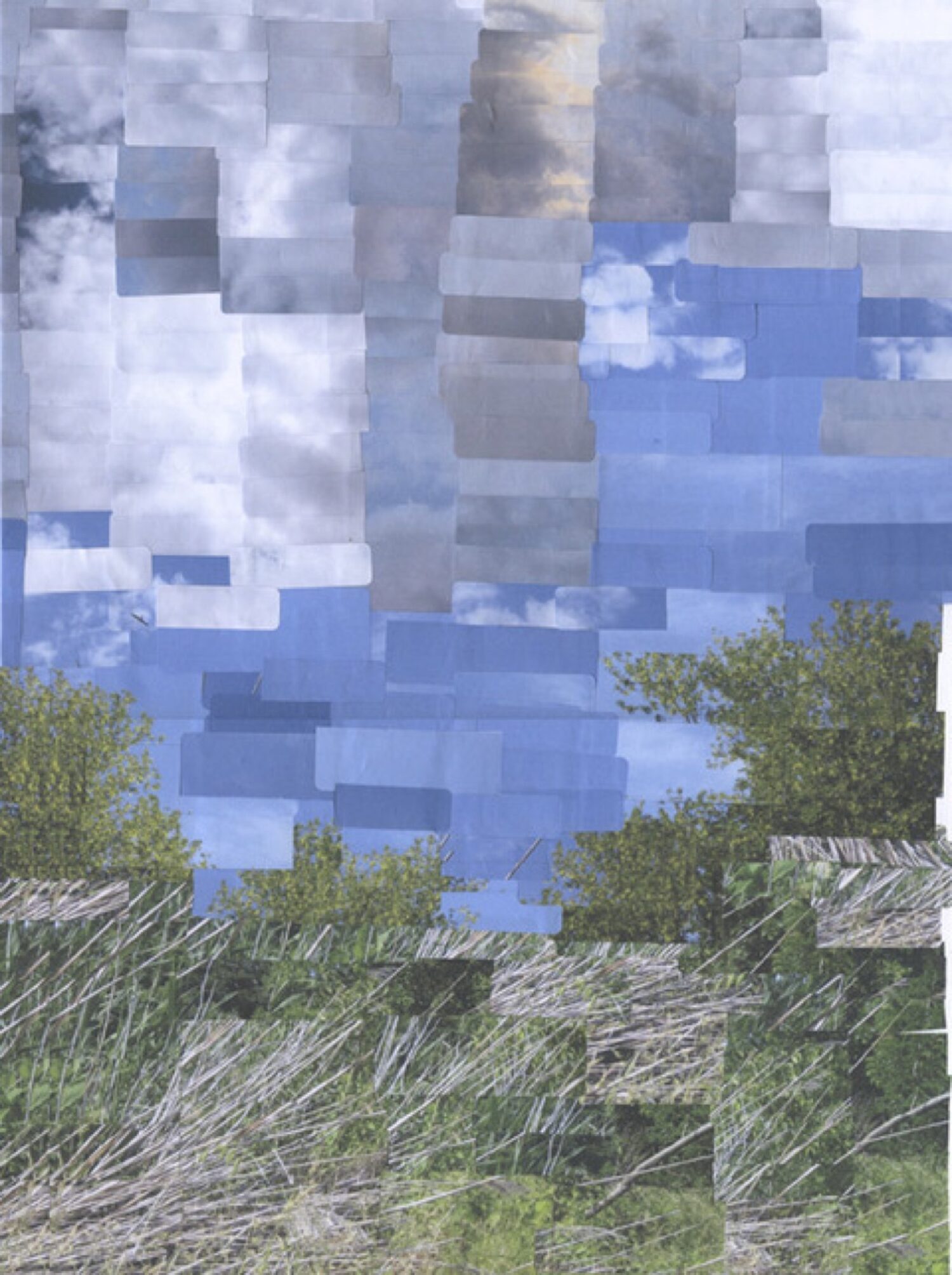
5/10: Memory Reclaimed #2, 2014
-
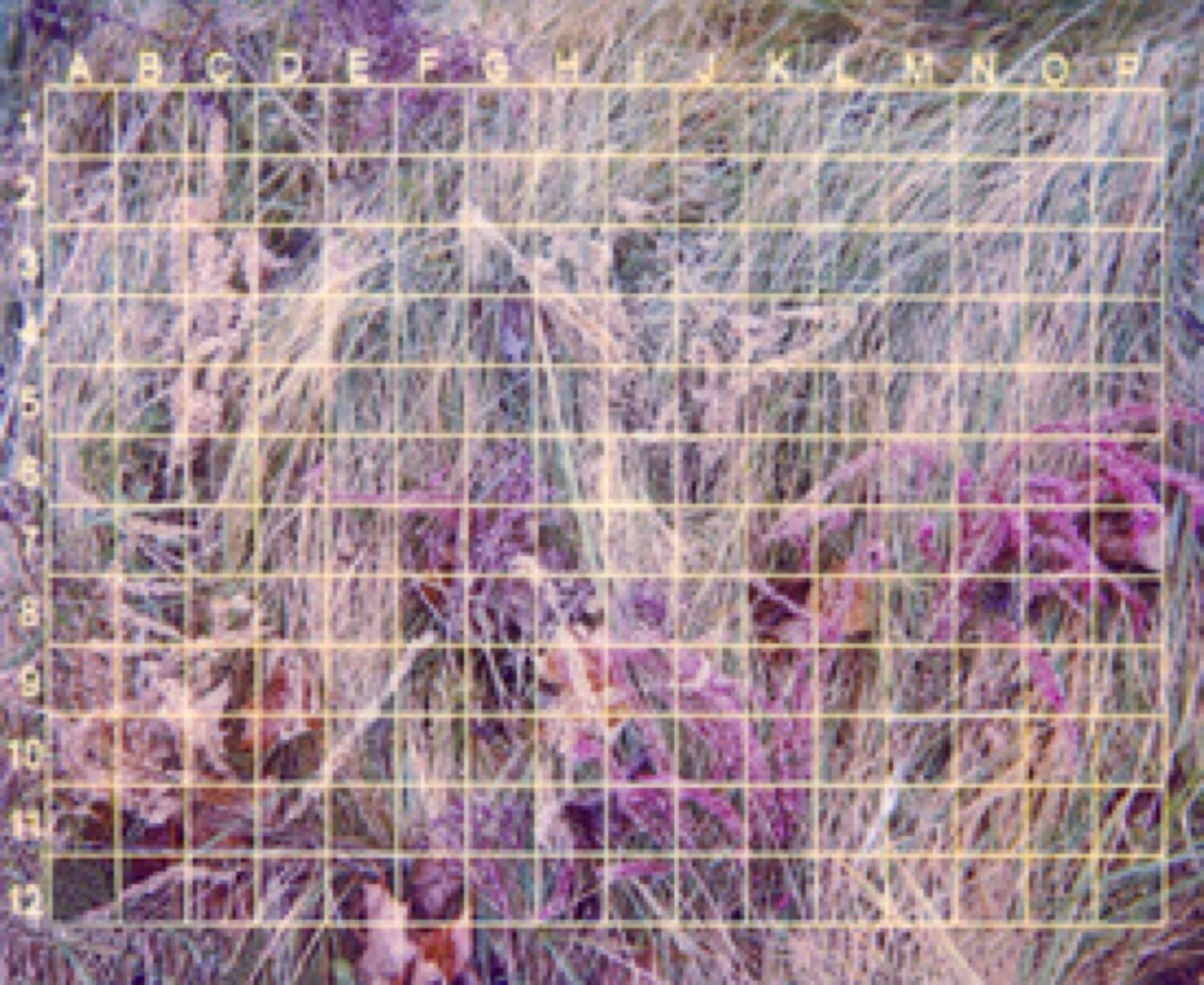
6/10: Second Reconstructed Memory, 2013
-
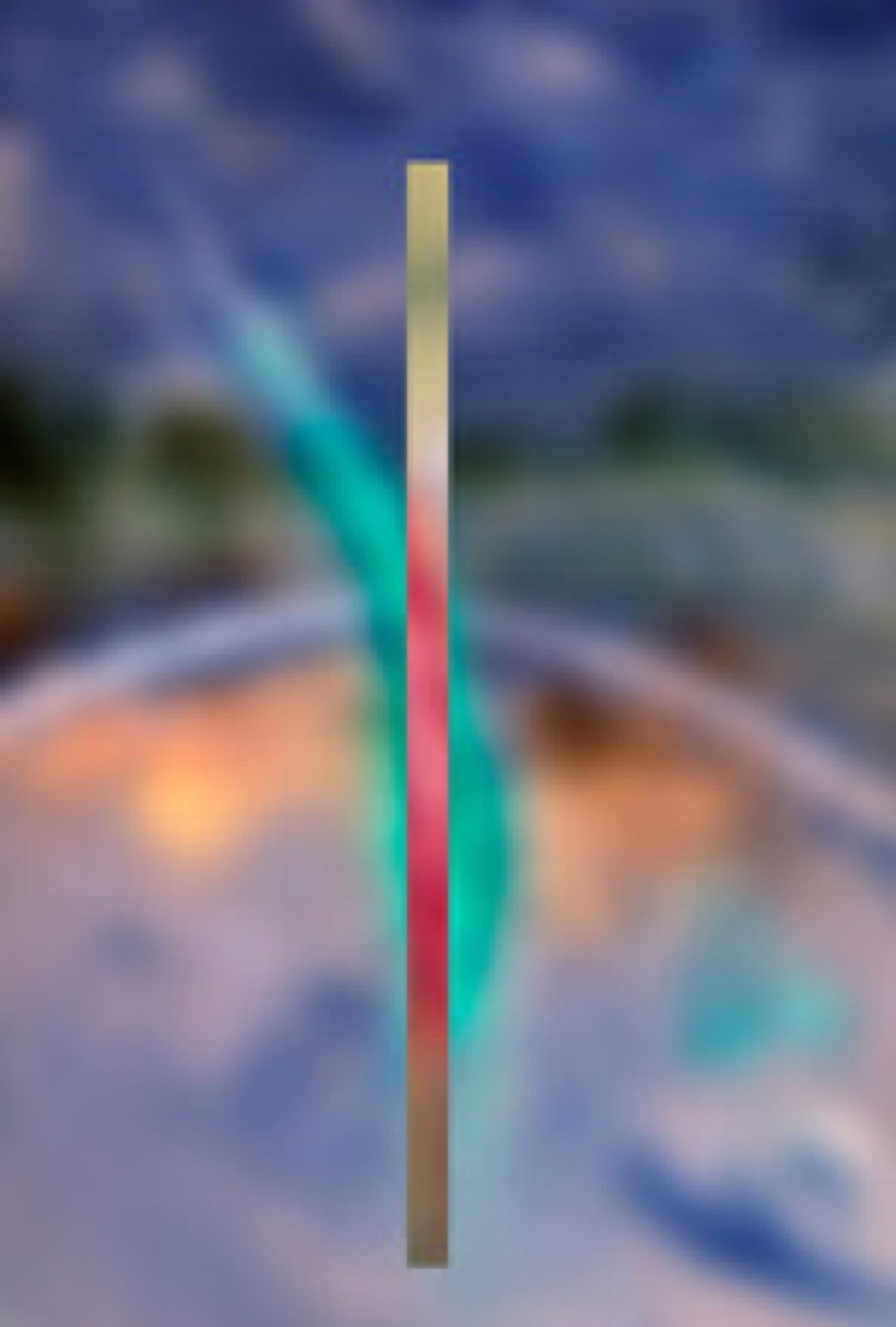
7/10: Thermal Equilibrium, 2013
-
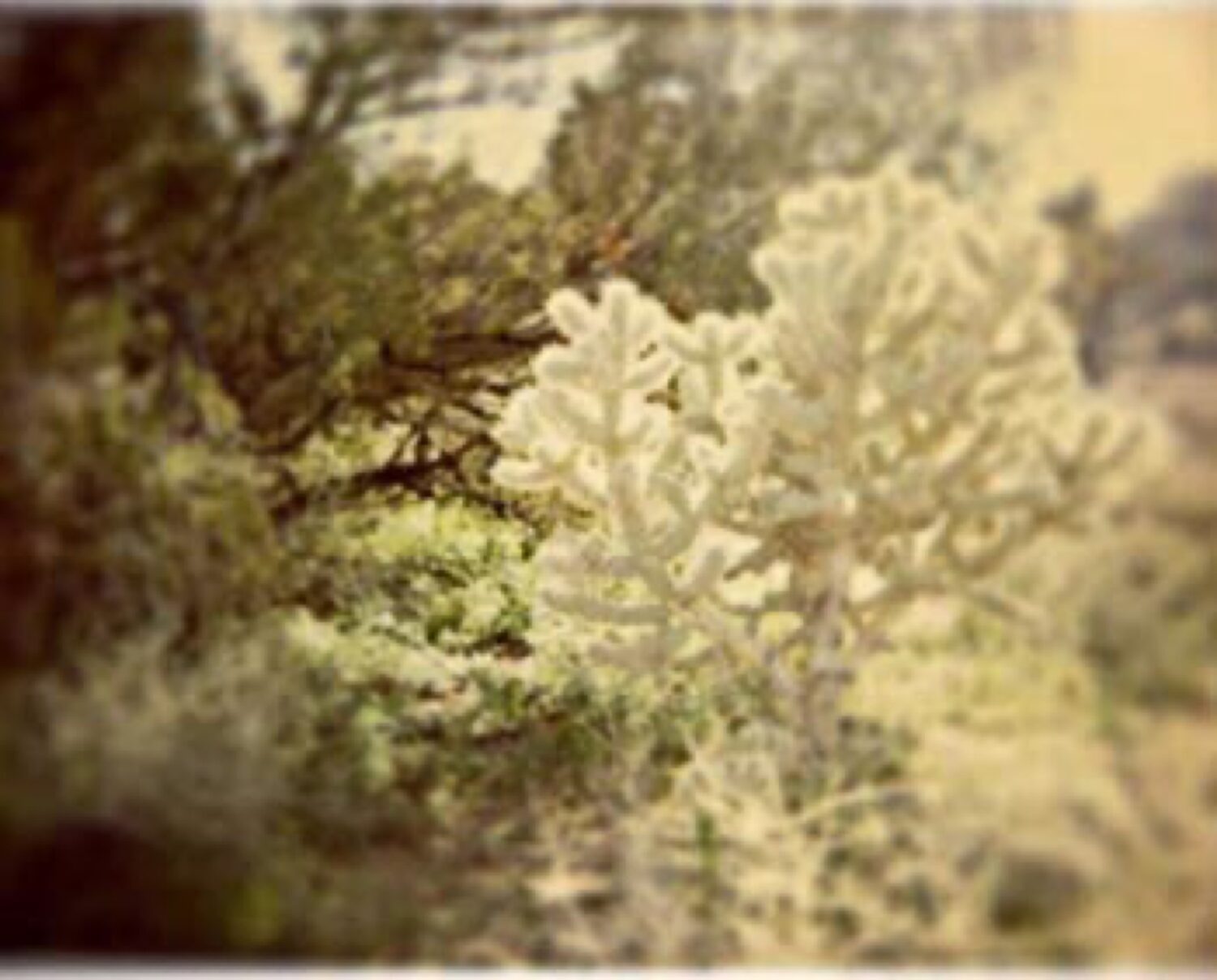
8/10: Joshua Tree #2, 2012
-
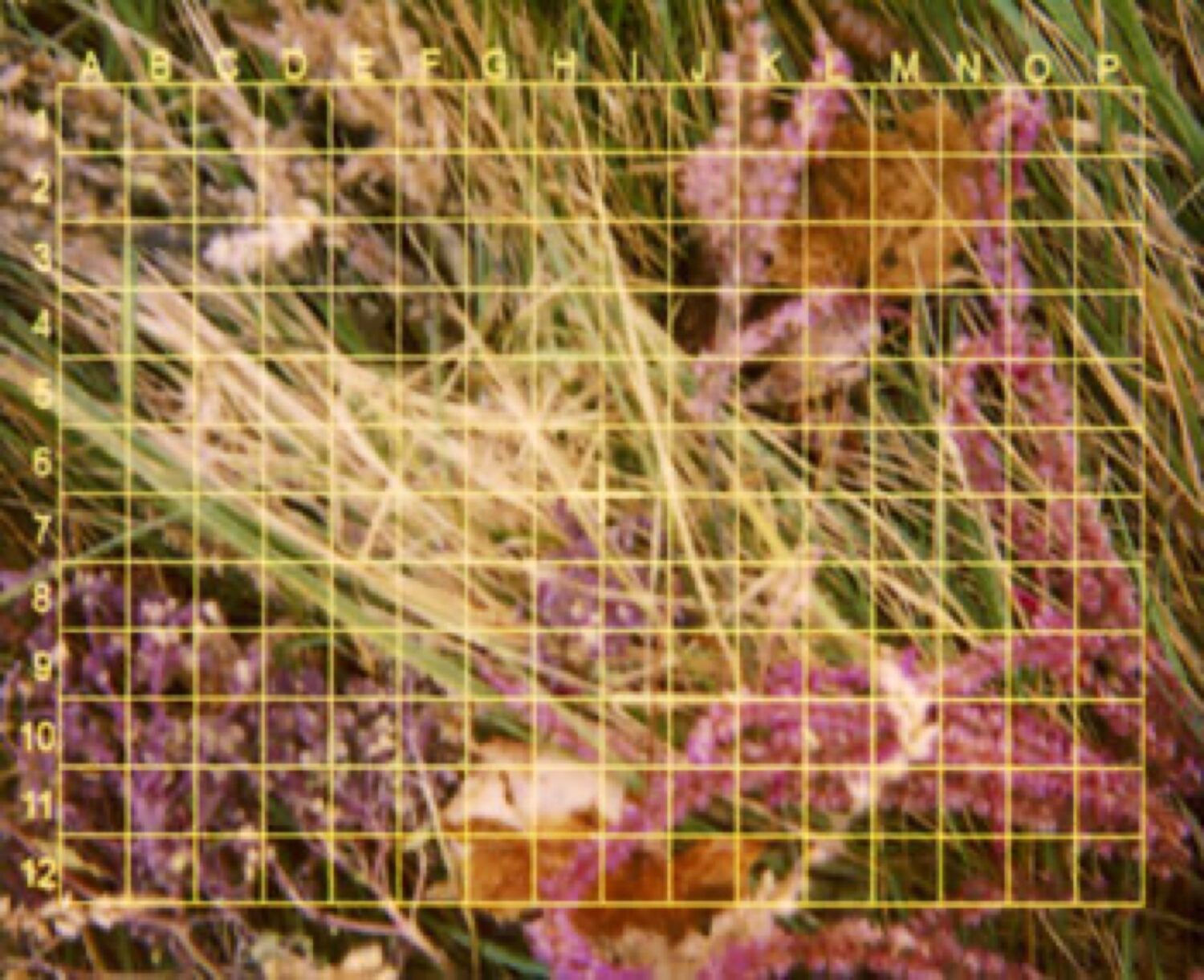
9/10: Grid4, 2011
-
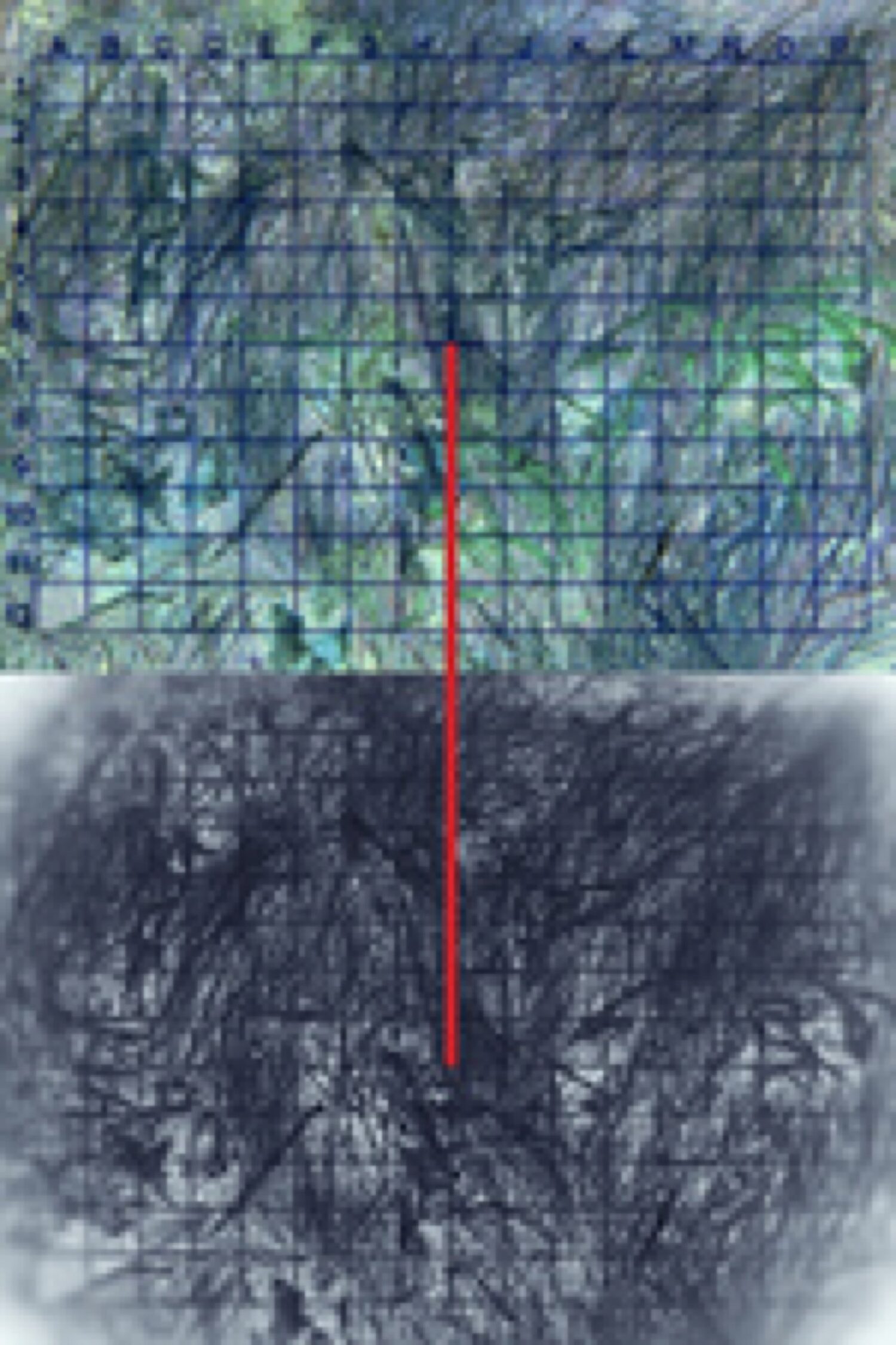
10/10: Encoding, 2016
Laura P. Krasnow’s practice embodies freedom in a multitude of liminal experiences. Her perspective on art as a transformational tool to sift through her varied curiosities involves the synergy of spheres of scientific investigation and arenas of artistic exploration. Native to New York, but a pioneer in travel across 41 states and multiple continents, she pursues the answers to her unique technical and theoretical questions surrounding the boundaries of photography. Her gravitation towards the color red informs the language she builds to communicate the unknown to her audience.
Silver Eye Scholar and University of Pittsburgh graduate Ren Aimua recently spoke with the artist about her practice. Below are selections from their wide-ranging conversation.
Ren Aimua: I feel like this year, I have been saying that I'm not looking to be great. I'm looking to live.
Laura P. Krasnow: Live everywhere, do everything. You never know when things come together to inform your life.
RA: Exactly. Yes. That's what we were talking about in the class I TA for. I'm a TA for the drawing two course with Barbara Weissberger. And one of my requirements is to give a demo or a talk. I talked about the preciousness around art and also just thinking about a transformational tool, so that we're not looking at the end product; we're looking at the process. How does that process inform the way we interact with the world and also reveal our inner monologues while we're making?
LPK: I have to tell you, I'm so glad you contacted me because I have for a year I studied art therapy. And I ended up not liking the program. It was at Cal State Sacramento. And I was at that point of residence. It’s not very expensive to go there. And I just felt they used art as a tool, not in the therapeutic way that I thought it would be. To me, it's something you can create, you can destroy, not too many things are like that in life.
RA: If you had to categorize it, what is your typical process for the work?
LPK: Only a few times, I actually go out knowing what I'm going to shoot. I usually just shoot pictures. And then out of those pictures, I'll see something. So, I know that some people know what they're going to shoot. To me, if you shoot something, and then you'd go, ‘oh, it didn't come out. I'm gonna go back and shoot it again.’ Yeah, that's what not I do. But in my mind, I do have a procedure that I use for shooting things. I kind of know what my next step is. Like, I took a bunch of pictures when I was in Philly. And people were shooting things by the river. And of course, mine were a little abnormal. The photos were beautiful but still abnormal. I ended up throwing a bunch of pictures together, and it ended up being like 57 inches. And part of that is because I worked in film, I do see in terms of individual frames and going and putting together, so I kind of know that the end product is going to be something like that. Like, this photo that I took, I just walked around and I said, ‘Oh, that's really interesting’, but it's very similar to some other work I did. Is that making sense?
RA: How would you say you deal with creative blocks or self-doubt?
LPK: I learned to give myself a break. And I know, because I haven't done a lot of work in the last few months. I can feel when I'm, you know, when you feel heaviness? So even just today, walking around, you think you can ever do it again? And then you go “oh I can!”
RA: When I was looking through your work, especially after reading your artist’s bio, I felt that you're trying to capture things that are like, beyond. I was just interested in how your work falls under the realm of uncanny. It's eerie, but it's not as disorienting as I would expect. I still feel calm as I’m falling into different levels. It’s like how I coined my work ‘managed turmoil’ to a certain extent. I feel like I'm invited to walk through your minds.
LPK: When my work was in exhibitions, it's really interesting that people with science backgrounds are really more excited. Part of it is because it is very mathematical. And the titles I use are very much connected. So it's my interpretation of physics theory, both because, like, I'm really interested in things that are happening coming out of the universe that you can’t see but it’s happening. And I don't want it to be just a diagram because it takes someone out of it. It's, it's going on in the landscape and that's what I want people to know.
RA: Would you say that color informs your work? Or lines?
LPK: Oh, I think it's more like lines. But I don't know why I'm obsessed with the color red. Part of it could be that when I was reading about these archaeological sites, and it is really ancient archaeological sites, and except for black and white that, that these people would get from the ground, the first real color they saw was red. And that just had a meaning. And I think it does have a meaning to me. I'm not sure what it is. But I am kind of obsessed with red lines.
RA: It’s very powerful. It does capture your attention that leads you; it guides you. That's interesting. Red, the throughline.
LPK: It's a warning.
RA: Would you say that the red lines, or the gravitation towards the red color has evolved with you? And are there any other parts of your process that you say has remained consistent?
LPK: I think that I always fell in love with hieroglyphics and having symbols. I think that's really what it is. The web is symbolic to me, gosh, the symbols that you know, they mean something but you're not quite sure what they are. Right? And those have always fascinated me.
And I am obsessed with these tablets; these ancient Egyptian tablets and all kinds of things where the language was just marks that they made in the claim and I'm trying to figure out how we can use that? And it's when I see that in people’s works to me, it draws me in and you go, what did they mean by that? So, other people would get certain meanings out of it.
RA: So what I'm hearing is that you're fascinated with the presence or the thought processes of artists themselves?
LPK: Exactly. I love Cy Twombly's work. In Philly, the museum now has a whole room of his paintings. So someone may say like scribbles-
RA: But scribbles are a gesture and that's drawing. And, he was clearly working through something.
LPK: I guess he's making this language. Even something I know it's really simple, but he does his scribbles all over.
LPK: I don't have it on my website, but when I was doing color Xerox work, I took a photograph of a bunch of friends and I made a colored Xerox. Then, I took this photograph and I made a color Xerox and then I drew on it with pencil and I made a copy of that so when you make a copy of a copy, it starts disintegrating. And so, I made a cut; I drew on that and made a copy of that. Then, I made a print on like a plastic sheet which you were able to put through the Xerox machine, and then I put that on one of the prints. That's where I got the idea of putting a sheet of plastic that I did something on top of it.
RA: That's beautiful; that reminds me of Julie Mehretu- I love her; have you seen her piece at the Carnegie?
LPK: I would watch interviews with her online. I mean, I think her work is just remarkable. And some of it she actually does on the computer. Like, there's something about her language, there's something about it. I'm attracted to it. Oh my god. The same thing with Cy Twombly which is something about those scribbles. Like, oh, he's writing a story. And he's doing it in a totally visible way, not by lying, traditional language. I just think it's remarkable.
RA: Do you have any future goals or aspirations that you're working towards? Like, you've been talking about language?
LPK: Yeah, these were printed on this paper. One side is sticky, because these are huge. These are 48 by 7 meters. And, I put them up on the stretch canvas. And, then I started filling in all these lines. These are actually originally photographs with chords and just thread. I'm filling in some spaces with chords and thread; the edges are like masses of threads. It reminds me of some physics theory with a talk about string theory.
RA: Yes, like the world and its vibration.
LPK: Yeah, so I'm like taking older things and I'm making them into a whole other thing but bigger and bigger and bigger.
RA: I also resonate with that. Recently, I've noticed I've been collecting a lot of found materials and I’ve also sought after them because I feel like there's a beauty in just taking materials with, as Jessica Stockholder coins it, planned obsolescence.
It's just, you never know what you're gonna use. You never know. While it may be perceived as nesting and it might get a little messy, everything has purpose. Hold on to it. If it sparks something. Don't let it go.
Participating Artist
Laura Krasnow, born in New York City, has lived and traveled throughout the United States, Canada, Europe, and Australia.
In addition to being a freelance photographer, she has worked as an assistant editor in feature films, and been trained in film preservation and restoration. Her artwork has been exhibited throughout the United States and Europe, and is in the permanent collection of The Museum of Modern Art, and The Brooklyn Museum.
Her passion is art, science and technology. After obtaining an MFA at the School of the Art Institute of Chicago, she returned to school to study math, physics and computer science. Laura has attended seminars at the Perimeter Institute of Theoretical Physics, and the Centre for Brain and Mind, both in Canada.